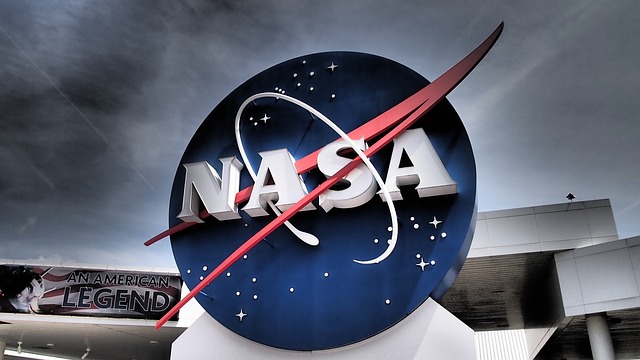Artificial intelligence will now help predict and research space weather, which includes solar eruptions from the surface of the sun.
Dr. Thomas Berger, Executive Director of the University of Colorado-Boulder, Space Weather Technology, Research, and Education Center, has landed a two-year, $496,000 grant from NASA to design a better forecasting system.
How do scientists forecast space weather right now?
Many people probably do not consider the possibility that solar flares from the sun could have much impact here on earth, but that is not the case.
Solar eruptions, sometimes referred to as solar flares or coronal mass ejections, can impact radio communications, endanger satellites in low orbit, and even destabilize the electric power grid.
Right now, the best a human forecaster can do is to predict a 24-hour range for solar eruptions. However, Berger's team and others around the globe have developed systems that can match the skills of those forecasts using real-time data—but better tools and technology are still necessary.
"Up to very recently, there have only been subjective tools, human forecasters who view images of sunspots and use historical data tables to say, 'The probability of this sunspot flaring in the next 24 hours is X%.'
It's one thing to give a low-confidence 24-hour forecast. Most customers won't act on those. And by the time the solar flare alert goes out after the eruption has started, it's often too late to take protective actions. We want to develop a high confidence eruption warning with a 3 to 12 hour window to enable decisive and timely action by users who will be impacted by the ensuing solar flare and CME (Coronal Mass Ejection)."
Scientists have noticed constant micro-eruptions that occur within active regions on the sun, and that these appear to increase prior to large flares and ejections. But this has only been an anecdotal observation. Artificial intelligence has the potential to change this.
Applying artificial intelligence to predict solar radiation storms
There is a ton of data to look at when analyzing solar flares and space weather, far more than a typical computer could handle. This is where one of Berger's team partners, NVIDIA, steps in.
NVIDIA is primarily known for their work with computer graphics hardware that is used in high-resolution applications, including video games. But the company's technology is also used in AI research.
Berger and NVIDIA are partnering together to see what their technology and research can accomplish.
"They are very interested in scientific applications of their technology. This work is in the realm of video prediction using 'space-time convolutional neural networks,' which is being developed for autonomous vehicles—what's happening now and what could happen next. We're exploring if the same concepts can be applied to the sun."
Development of this system has already begun. When it is ready, they will train the AI with video footage from NASA's Solar Dynamics Observatory, which has constantly been recording videos of the sun for the last decade.
The 1989 Quebec blackout
While reading an article like this, you may be asking something along the lines of "How will this space weather really impact my life down here on earth, anyway?" Here is one example to consider.
On March 13, 1989, the Canadian province of Quebec suffered a blackout due to a solar storm.
Three days prior, there was an incredibly powerful explosion on the sun. The explosion released a billion-ton cloud of gas, the equivalent of thousands of nuclear bombs exploding at the same time. The solar flare caused immediate short-wave radio interference on Earth.
When the cloud of solar plasma finally reached Earth, there was also "geomagnetic storm" that created beautiful northern lights that could be seen as far south as Florida!
The disturbance also created electrical currents that ran through North America, eventually finding a weakness in Quebec's power grid. This caused a 12-hour blackout for millions of people, who were suddenly unable to work or heat their homes.
This incident was not isolated to Quebec, however, as there were smaller scale impacts scattered across the US. And in space, some satellites fell out of control for several hours, including the Space Shuttle Discovery.
The 1989 Quebec blackout is just one example of the problems a solar storm can cause on earth and in our orbit.
Now, Dr. Berger and his team will deploy artificial intelligence to help create more definitive and timely space weather warnings. Warnings that can help grid operators and satellite owners take protective measures to mitigate impacts from this type of space weather.
Image credit: NASA. See the National Solar Observatory Gallery.





